Trident: Powerful Religious Symbol Found In Many Ancient Cultures
Angela Sutherland - AncientPages.com - According to Greek legends, Poseidon (equated with the Roman god Neptune) possessed a magical trident. When angry, the Greek god of the sea could cause storms, tsunamis, and earthquakes, submerge lands and islands and split rocks with his magical trident.
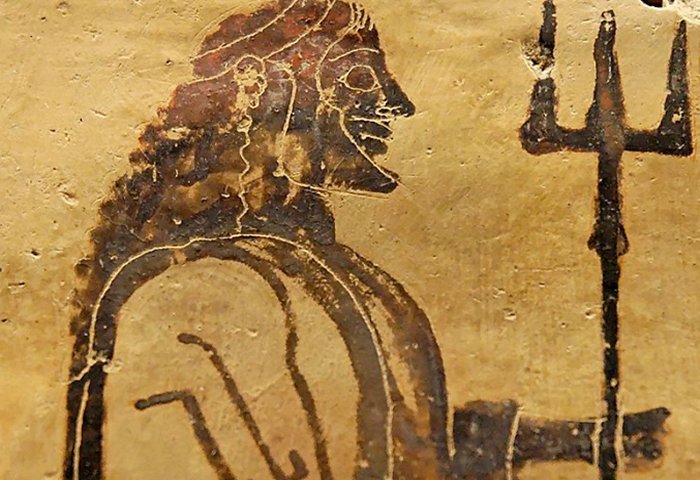 Poseidon with his trident, Corinthian plaque, 550–525 BC. From Penteskouphia. Public Domain
Poseidon with his trident, Corinthian plaque, 550–525 BC. From Penteskouphia. Public Domain
With this powerful three-pronged spear, he could finally bring back peacefulness again. Poseidon's divine trident was created by the Cyclops, the giants skillful in metallurgy.
"In the hands of Poseidon or Neptune, the trident has a practical use, since it emulates the shape of one of the earliest fishing implements. Poseidon uses it to control the seas, so it is a symbol of authority. Because of its association with water, the trident is the alchemical symbol for this element.
"Where a trident has three prongs of even length, it is a secret symbol of the Cross of Christianity. However, Satan is often seen harrying the souls in hell with a trident. It is likely that he is depicted with it in order to associate him with the pre-Christian Gods who also used it.
This versatile three-pronged tool is also a fire symbol—the prongs look like flames—and it is, therefore, a symbol of thunderbolts and lightning. As such, many of the sky Gods carry a trident, too. These include Thor or Wotan of Norse mythology..." 1
Kongo - Trident-Shaped Staff With Powers
In Japanese mythology, a Kongo (kongose) is another, spectacular, trident-shaped staff, which emits bright light in the darkness. The Kongo grants wisdom and insight, and today is not considered a weapon but rather a kind of ritual object called the Kongo vajra (meaning thunderbolt).
In Japanese legends, the Kongo vajra was a formidable weapon that belonged originally to the Japanese mountain god Koya-no-Myojin.
However, the Kongo remains among many other puzzling objects that have survived to our time.
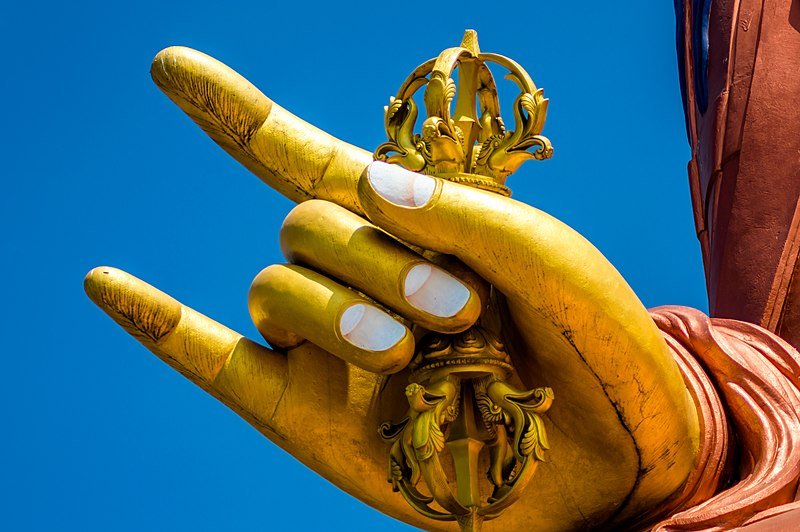 In Vajrayana Buddism, the traditional vajra is used in various rituals. source
In Vajrayana Buddism, the traditional vajra is used in various rituals. source
This weapon-like staff has usually sharp, dagger-like prongs, which number varies from one, three, five, and even more prongs on each end. It is said that the three prongs of the trident symbolize the past, present, and future, or possibly also Heaven, Earth, and Hell.
Some of them are beautifully decorated with Buddhist jewel designs.
Legend has it, this Kongo is the equivalent of the Sanskrit Vajra, which is called ‘dorje’ in Tibet, in China - 'jingang’ and in Mongolia – ochir.
Trishula (Trident) In Hands Of Vedic Gods
The trident of Poseidon had powers closely related to the sea and is deeply rooted in the beliefs of the people living near the sea or other large bodies of water. The Kongo Vajra, on the other hand, was believed to be particularly dangerous in the clouds as used by the gods linked with storms, lightning, and thunderstorms.
One such god is the ancient Vedic deity Apam Napata (“son of waters”) who dwells surrounded by waters, which give him gaining strength in them, is connected with rivers. And, at the same time, the name Apam Napata is an epithet of the fire god Agni who rides a ram and is holding the trident and is sometimes identified with him. Apam Napata is the Universal Self, the fire of glory (or the son of the ocean).
'Trishula' (Sanskrit for "triple-spear") is a mysterious symbol of great importance in India.
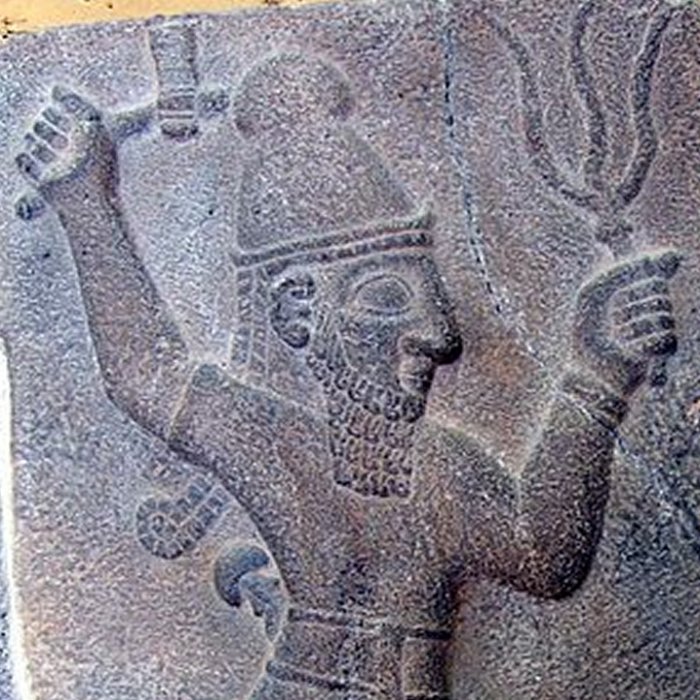 The Hittite weather-god Teshub, wielding a thunderbolt and an ax. A bas-relief at Ivriz. Image credit: Maur - Public Domain
The Hittite weather-god Teshub, wielding a thunderbolt and an ax. A bas-relief at Ivriz. Image credit: Maur - Public Domain
In Hindu mythology, 'trishula' was the weapon of Shiva, the destroyer, the most powerful god of the Hindu pantheon, and one of the members in the Hindu Trinity. The trident in his hand possessed three prongs, which reflected Shiva’s function as creator, destroyer, and preserver. It also symbolized Shiva's monogram or was the representation of the Law (Dharma). Vishnu worshippers believed that the trident is their god's footprint.
Worshippers of Shiva paint the sign of the trident on their foreheads as a visible symbol.
The Sanskrit Vajra was the indestructible lightning-diamond pounder of Indra, a Vedic deity in Hinduism, the chief god of the heavens and of the East.
Genghis Khan And Tamga
Another holder of the trident was the great Genghis Khan, Mongolia’s great warlord. The trident was his personal tribal sign (tamga) and this sign was crowned with the sacred banner-Sulede (sulde) - the Genghis Khan standard (trident over nine hanging bunches of yak tail hair).
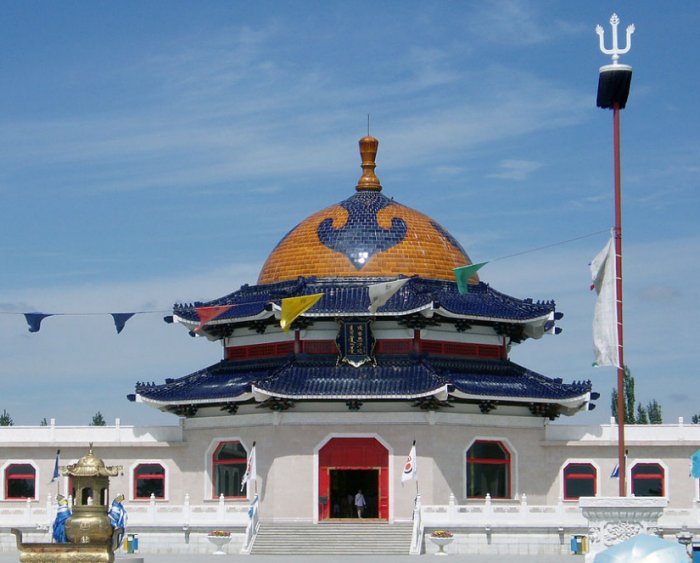 Mausoleum of Genghis Khan in Ordos, Inner Mongolia, China. Image credit: Fanghong - CC BY-SA 3.0
Mausoleum of Genghis Khan in Ordos, Inner Mongolia, China. Image credit: Fanghong - CC BY-SA 3.0
The trident sign that decorates the stele installed at Genghis Khan’ s birthplace, was believed to have brought fortune and triumph to Genghis Khan's cavalry some 800 years ago.
One legend has it that Genghis asked for power and help from God and suddenly a dazzling light flickered in the sky and the trident-like weapon floated over the heads of his army.
Written by – A. Sutherland - AncientPages.com Senior Staff Writer
Copyright © AncientPages.com All rights reserved. This material may not be published, broadcast, rewritten or redistributed in whole or part without the express written permission of AncientPages.com
Expand for referencesReferences:
- Nozedar, A. The Element Encyclopedia of Secret Signs and Symbols
Marshall R. Noah's Ark and the Genesis 10 Patriarchs
Gannon A. The Iconography of Early Anglo-Saxon Coinage: Sixth to Eighth Centuries
More From Ancient Pages
-
 Did The Plague Of Athens Come From Egypt Or Is It A Myth?
Archaeology | Dec 13, 2023
Did The Plague Of Athens Come From Egypt Or Is It A Myth?
Archaeology | Dec 13, 2023 -
 Home Of The Gods – The Return Of The Gods – Part 3
Civilizations | Jun 14, 2018
Home Of The Gods – The Return Of The Gods – Part 3
Civilizations | Jun 14, 2018 -
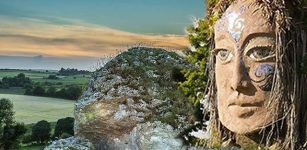 Eriu: Powerful Irish Goddess And Sacred Uisneach Hill Where She And God Lugh Are Buried
Celtic Mythology | Feb 15, 2019
Eriu: Powerful Irish Goddess And Sacred Uisneach Hill Where She And God Lugh Are Buried
Celtic Mythology | Feb 15, 2019 -
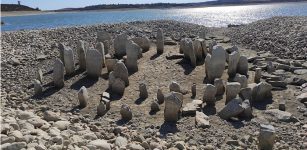 Huge Megalithic 7,000-Year-Old Site Dolmen Of Guadalperal Emerges From Dry Lake In Spain
Archaeology | Aug 22, 2022
Huge Megalithic 7,000-Year-Old Site Dolmen Of Guadalperal Emerges From Dry Lake In Spain
Archaeology | Aug 22, 2022 -
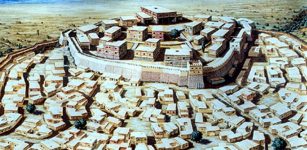 Achilles – Son Of King Peleus And Leader Of The Nereids
Featured Stories | Sep 3, 2015
Achilles – Son Of King Peleus And Leader Of The Nereids
Featured Stories | Sep 3, 2015 -
 Secrets Of The Cathars – Mysterious Manuscript Of Jesus And His Pre-Flood Language
Featured Stories | Jan 18, 2019
Secrets Of The Cathars – Mysterious Manuscript Of Jesus And His Pre-Flood Language
Featured Stories | Jan 18, 2019 -
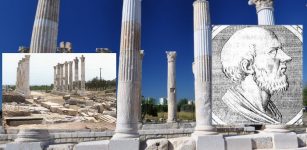 Archaeologists Focus On Greek Poet Aratus’ Memorial Tomb And Ruins Of Soli Pompeiopolis
Archaeology | Aug 12, 2020
Archaeologists Focus On Greek Poet Aratus’ Memorial Tomb And Ruins Of Soli Pompeiopolis
Archaeology | Aug 12, 2020 -
 When Did Humans First Start To Speak?
Featured Stories | Dec 12, 2022
When Did Humans First Start To Speak?
Featured Stories | Dec 12, 2022 -
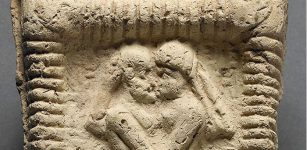 Humanity’s Earliest Recorded Kiss Occurred In Mesopotamia 4,500 Years Ago – New Study
Archaeology | May 18, 2023
Humanity’s Earliest Recorded Kiss Occurred In Mesopotamia 4,500 Years Ago – New Study
Archaeology | May 18, 2023 -
 Ancient Biblical Manuscript M.910 We Are Afraid To Open May Contain A Surprise
Archaeology | Feb 19, 2018
Ancient Biblical Manuscript M.910 We Are Afraid To Open May Contain A Surprise
Archaeology | Feb 19, 2018 -
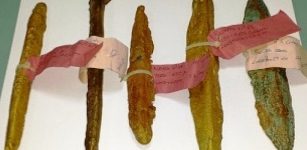 Legendary ‘Orichalcum Metal’ Related To Atlantis Found In 2,600-Year-Old Shipwreck
Archaeology | Mar 3, 2017
Legendary ‘Orichalcum Metal’ Related To Atlantis Found In 2,600-Year-Old Shipwreck
Archaeology | Mar 3, 2017 -
 Sutton Hoo Burials May Belong To Anglo-Saxons Who Fought For The Byzantine Empire – Professor Suggests
Archaeology | Jan 10, 2025
Sutton Hoo Burials May Belong To Anglo-Saxons Who Fought For The Byzantine Empire – Professor Suggests
Archaeology | Jan 10, 2025 -
 Aboriginal Underwater Sites Off The Coast Of Australia – Discovered
Archaeology | Jul 2, 2020
Aboriginal Underwater Sites Off The Coast Of Australia – Discovered
Archaeology | Jul 2, 2020 -
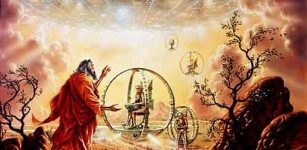 God’s Personal Flying Vehicle Described In ‘The Book of Ezekiel’
Biblical Mysteries | Jul 18, 2019
God’s Personal Flying Vehicle Described In ‘The Book of Ezekiel’
Biblical Mysteries | Jul 18, 2019 -
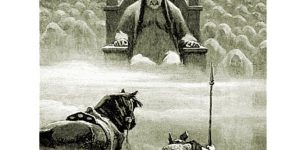 Death Of Norse God Balder And Loki’s Mischief That Led To Destruction In Ragnarok
Featured Stories | Nov 15, 2016
Death Of Norse God Balder And Loki’s Mischief That Led To Destruction In Ragnarok
Featured Stories | Nov 15, 2016 -
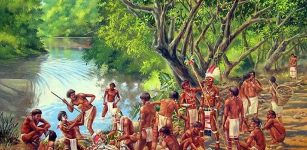 Taíno Indians Are Not Extinct – Ancient Tooth Reveals Indigenous Americans Still Have Living Descendants In The Caribbean
Archaeology | Feb 21, 2018
Taíno Indians Are Not Extinct – Ancient Tooth Reveals Indigenous Americans Still Have Living Descendants In The Caribbean
Archaeology | Feb 21, 2018 -
 Fin Folk – Mythical Amphibious Sea People On Orkney And Shetland
Featured Stories | Feb 22, 2016
Fin Folk – Mythical Amphibious Sea People On Orkney And Shetland
Featured Stories | Feb 22, 2016 -
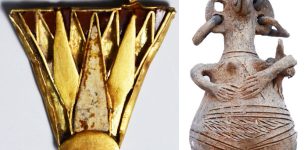 Stunning Gold Jewelry And Artifacts From The Time Of Nefertiti Found In Bronze Age Tombs In Cyprus
Archaeology | Dec 2, 2021
Stunning Gold Jewelry And Artifacts From The Time Of Nefertiti Found In Bronze Age Tombs In Cyprus
Archaeology | Dec 2, 2021 -
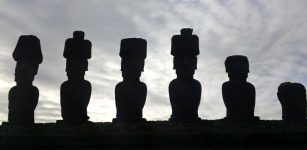 Ancient DNA Sheds New Light On Easter Island Mystery
Archaeology | Oct 13, 2017
Ancient DNA Sheds New Light On Easter Island Mystery
Archaeology | Oct 13, 2017 -
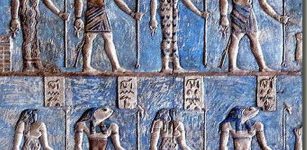 Number Eight Powerful Symbol In Ancient Traditions Of Many Cultures
Ancient Symbols | Dec 8, 2017
Number Eight Powerful Symbol In Ancient Traditions Of Many Cultures
Ancient Symbols | Dec 8, 2017
